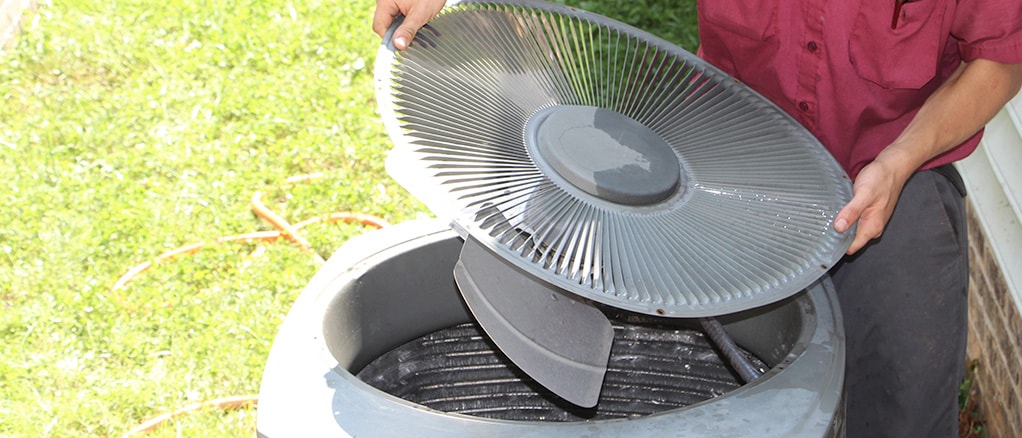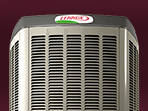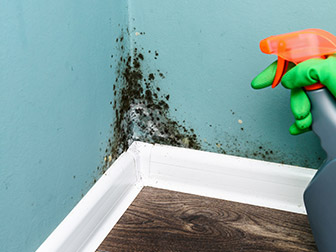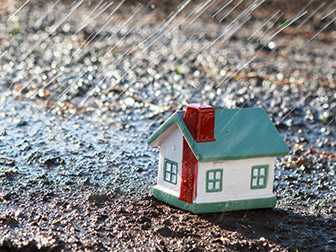Indoor Air Quality Systems & Services

Resolve Indoor Air Quality Problems
No one’s home is immune to indoor air quality (IAQ) problems. Even your home. There is a quiet killer creeping through communities just like yours. It could be in your neighbor’s house and might even be creeping around inside yours. This dangerous intruder is not a burglar; it is poor indoor air quality. Right now, the air your family is breathing may be filled with dust, allergens, biological contaminants and dangerous chemical toxins. Bradley Mechanical provides a range of effective solutions to clean and purify the air inside your home.
Common Indoor Air Pollutants
Dust Mold and mildew Dust mites Chemical toxins Bacteria, viruses and biological contaminants
Why It's Dangerous
The American Lung Association reports poor indoor air quality is a significant contributor to respiratory infections, chronic lung disease and allergic reactions. Children and the elderly are especially vulnerable to poor indoor air quality. In addition to illness, it can cause a wide range of uncomfortable symptoms including headaches, nose congestion, and poor sleep quality. Your first line of defense, according to The American Lung Association, is preventing pollutants from getting into your home. Adequate ventilation combined with effective air purification can make your indoor environment healthier and safer.
Pureair Whole Home Air Purificaton
The Most Powerful Home Air Solution You Can Buy
Choosing a Lennox PureAir air purification system from Bradley Mechanical gives your family more protection than any other system on the market today. It safely removes the three major air contaminants and particulate matter down to 0.1 microns. This effectively filters out airborne particulates, bioaerosols and microscopic organisms, as well as safely eliminating dust, pollen, and pet dander commonly associated with asthma and allergic reactions. Bioaerosols and volatile organic compounds released from finished surfaces inside your home are filtered out along with most harmful microscopic organisms.
Our system safely removes up to 90% of these harmful indoor air contaminants. This results in indoor air that is both healthier and cleaner with fewer unpleasant odors.
The Pureair System
Our system combines air filtration with NON-Ozone producing germicidal lights and humidity control to maintain consistently high indoor air quality. The germicidal lights kill microbial organisms while our three-part filtration system eliminates up to 95% of airborne particulate contaminants. While the PureAir system filters out the bad stuff, our three-part filter with titanium dioxide catalysts clean and freshen indoor air. Your family will breathe easier with Lennox PureAir from Bradley Mechanical.
What is Pureair?
The PureAir is a three-part filter that when working together can eliminate 95% of air containment. The three phases are as follows:
Filtration – Air filtration systems combat indoor pollution by capturing over 95% of particles ranging in size down to 0.03 microns and keeping them from circulating back into the homes’ air. The filtration part is made up of Carbon Clean 16 and MERV 10 Media air cleaner. For full benefits of the PureAir, Carbon Clean 16 is recommended.
Elimination – Germicidal lights dramatically reduce concentrations of potentially harmful microorganisms (NON-Ozone Producing Germicidal lights)
Purification – The Carbon Clean 16, germicidal lights, UVA lamps, and Titanium Dioxide PureAir Catalyst work together to clean, freshen, and filter the air in your home to a nearly pure state to promote healthy living.
Humidity Control
Dehumidifiers and humidifiers work with the home’s heating and cooling systems to keep moisture levels balanced in every room. Various solutions include the following:
- Humiditrol Dehumidification system
- Whole-Home Dehumidifier
- Power Humidifier
- Bypass Humidifier
Ventilation
Ventilation systems replace stale, contaminated indoor air with outdoor air providing the fresh-air feel of an open window, with virtually no heat/energy loss or safety risk. Various solutions include:
- HRV-Heat Recovery Ventilator
- ERV- Energy Recovery Ventilator
- Ventilation Control System
Crawl Space
Crawl space sealing is a great way to save money and make your home a safer and cleaner environment for you and your family. Unsealed crawl spaces are major air leak locations. Significant amounts of conditioned air are lost to the crawl due to hole penetrations where all wiring, plumbing and HVAC materials go into the crawl space and are left unsealed. When you have crawl space leaks the home becomes drafty and uncomfortable. By sealing a crawl space the U.S Energy Star program estimates the saving of 20% on energy bills. Below you will find the crawl space to-do list:
- Remove all insulation from floors and remove all plastic.
- Level the ground as much as possible and rake out any trash and debris to allow for a smooth crawl space floor.
- Lay down a 6mm poly liner. Thicker than most companies use to ensure it will last.
- Run liner up support columns and tack to walls.
- Then seal liner to columns and walls with waterproof tape. We also seal any liner connections together to make a single sheet.
- Seal all penetrations, meaning wiring, plumbing, and HVAC holes with a 2-part foam.
- Seal foundation vents with foam board and spray foam.
- Then add insulation to exterior walls to help prevent heat loss/gain in winter or summer.
- Finally, Seal the insulation to the walls with foam to ensure a tight seal.
When we are done this is a sealed and clean environment. So clean in fact that we put up “remove your shoes” signs to prevent bringing dirt into the clean environment. The list below has signs that you may need this:
- Look for gaps around rim joints and under the steel plate. Along the gap between the steel plate and the foundation. Gaps around ductwork, wiring holes, plumbing holes.
- Wet or damp insulation.
- Cold in summer or warm in winter.
- Insects infesting the crawl.
- Any mold or growth on ducts or wiring in the crawl space.
Second, to the attic, the basement is one of the largest opportunities to save energy in your home. By sealing and insulating your crawl you can prevent cold floors and reduce drafts from below to keep your home comfortable.
Insulation
There are two ways we insulate attics:
Loose fill insulation (Blown) – The best choice for insulation comes in small chunks. Blown in insulation. When adding insulation to your attic you do not have to put in the same kind that is already there. You can blow in loose fill insulation to whatever R-factor you are looking for. R-38 is what is recommended to be the minimal amount. The best part of loose fill is that you can blow it in right on top of the batt insulation or the loose fill that is already present. For people with allergy problems, loose fill cellulose insulation is recommended due to the absence of fiberglass in this type of insulation.
The two main choices here are fiberglass and cellulose, and each has its advantages and disadvantages. They both insulate about the same, though, with R-vales in the 3 to 4 per inch range. Cellulose comes from recycled newspapers. Fiberglass comes from sand. Fiberglass is a common insulation material that works much better in blown form than in batts.
Batt Insulation – Another option is to use batt rolls of insulation that can be installed faster and cheaper, but are limited to where they are rolled out. This is unlike the loose fill that will fill all the little holes and cracks that is in blown into. Batts are large pieces of insulation that are woven together with adhesive binders to hold the shape. There are 2 kinds, cotton and fiberglass, fiberglass is the most common. Though, when you look at the insulation factor they are almost equal. The cotton batts are made of recycled blue jeans so it won’t irritate your skin like coming in contact with fiberglass insulation will. The problem with batts, however, is that they don’t work as well as blown in insulation because they can’t fill the space as well. For the best performance, an insulation material needs to fill the whole space, with no gaps, voids, compression, or incompletely filled areas.








